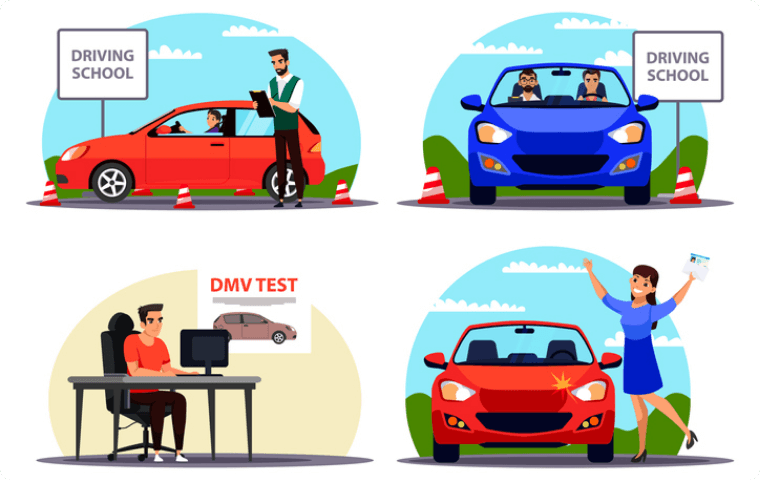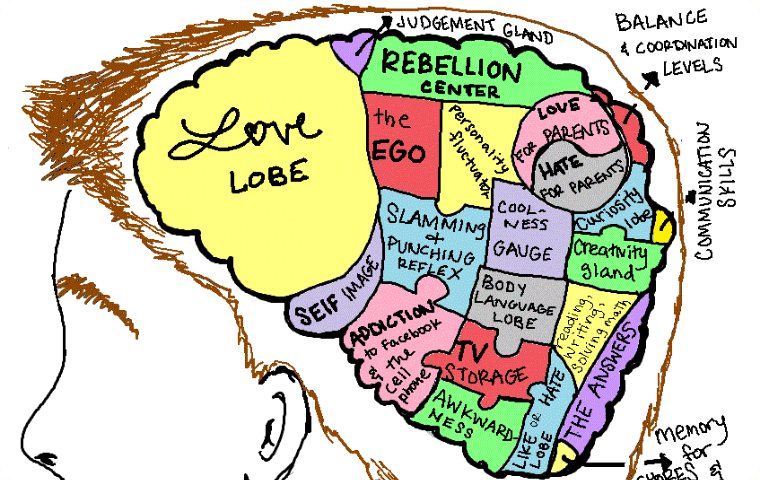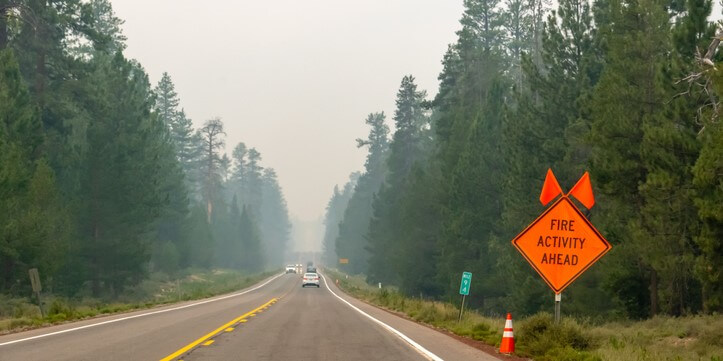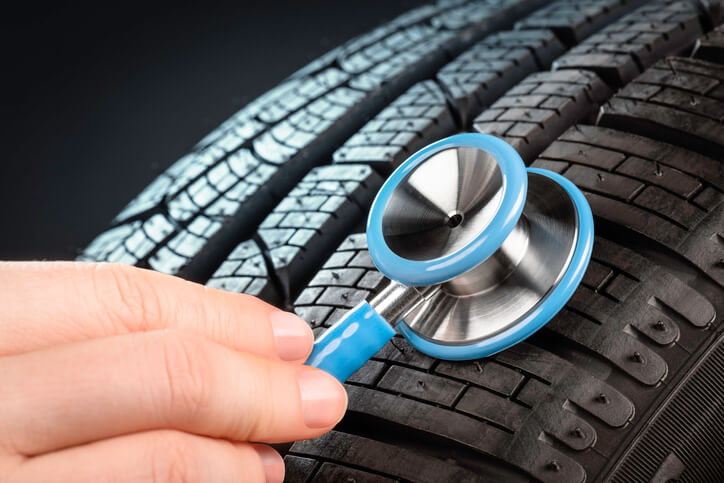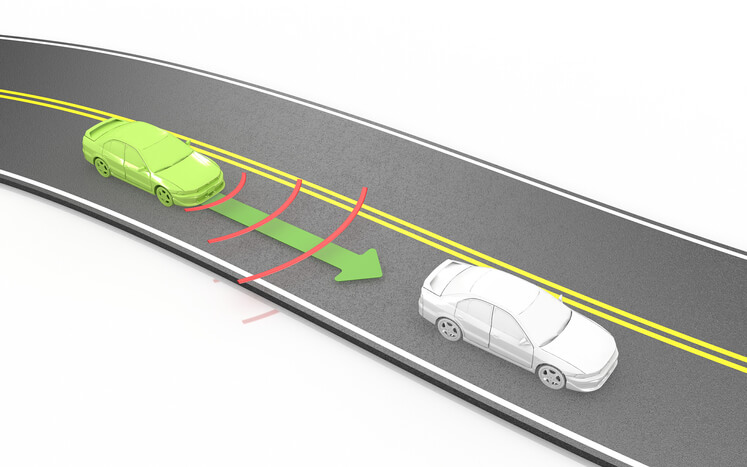With several decades of data to analyze, we now have the benefit of time to evaluate the effectiveness of graduated licensing programs throughout the United States. A broad and nuanced analysis is required to examine a large variety of existing traffic laws and specific GDL requirements across states.
The United States adopted GDL programs to help reduce new driver collisions and deaths. How effectively have they influenced these outcomes, how much variance exists between programs and state traffic laws, and how can we improve upon what we're currently doing?
Why were GDL programs implemented in the first place?
Young drivers, specifically new drivers in their first year of driving, or roughly 15–17-year old’s depending on the state, demonstrate significantly higher rates of collisions, injuries, and deaths than any other age group or driving demographic, by far.
In many ways, learning to operate a vehicle is relatively straightforward. Many people could understand the basic functions of a standard car in a few hours. However, gaining the knowledge, experience, and understanding necessary to operate a vehicle safely on an active roadway is an entirely different matter.
It’s one thing to learn how to make a vehicle start, stop, and turn. It’s an altogether different challenge to perform the challenging tasks of driving at speed in a highly complex and dangerous environment.
New drivers face several hurdles they must overcome during this learning period. They face a fundamental lack of experience in dealing with the frenetic nature of traffic.
They haven’t had the opportunity to build much-needed muscle memory that experienced drivers take for granted. Additionally, teenage drivers’ brains are still developing, especially in the regions that pertain to threat assessment and danger avoidance.
When taken together, these factors go a long way to understanding why new teenage drivers find themselves involved in so many crashes and ways to help them improve. States developed GDL programs to give them practical experience in various situations in which the risk to themselves and those they share the road with could be mitigated and incrementally increased.
Drivers are at the most significant risk in the first year after receiving their license.
How do GDL programs work?
All 50 states have some form of GDL program. While there is some variance between them, they all share several things in common. Each State’s GLD program consists of 3 stages.
The first is an actively supervised driving period of no less than six months. During this time, new drivers are only allowed to operate a vehicle while accompanied by an adult with a license in good standing. Drivers and their mentors will have to record driving time to demonstrate that they’ve completed the required number of hours.
The second phase provides new drivers with a provisional license with several restrictions. These do vary by state but generally try to limit new drivers’ exposure to high-risk situations. These can include the times of day teens are allowed to drive and the number of passengers they can carry.
The final stage sees new drivers graduate to a full, unrestricted driver’s license. That means no more limitations on when or where teens can drive and an end to any passenger restrictions.
To reach this final stage, teens must now have committed any traffic violations during any point of the process. Different states will have other options to complete the GDL program should a citation be issued.
Seeing the whole picture
Trying to determine the effectiveness of 50 similar, but not identical, programs across the country is a tricky proposition. In addition to the differences between the licensing structures themselves, each state has its own sets of traffic laws.
However, what’s particularly worth focusing on are intoxication and blood alcohol limit laws. Despite not being of legal drinking age in any state, alcohol consumption plays a far too significant role in many teen collisions, injuries, and fatalities on the road.
Just how big a problem is it? Well, per CDC data, teenage drivers are more likely to be killed in alcohol-related collisions than any other age group. These deaths will account for over 15% of crash fatalities between drivers aged 15 to 18.
It’s such a significant issue you cannot evaluate any GDL program without examining that state’s drinking and driving laws. Making sense of the intersection between different GDL programs, their respective state laws, and decades’ worth of data is a challenging task, and precisely what James Fell, Kristina Jones, Eduardo Romano, and Robert Voas, of the Pacific Institute of Research and Evaluation, set out to do.
They began with a comprehensive analysis of each state’s GDL program. They broke them into three groups based on the specific requirements: less than good, average, and good. Researchers made these distinctions based on the IIHS rating criteria.
“Good” programs have more of the seven critical requirements than “bad” or “less than good” programs do. These include program the required number of driving hours, nighttime restrictions, or the minimum age to receive a full license.
Next, they combed over two decades’ worth of driving incident and collision data. To do this, they broke drivers down into three age groups. Researchers did this to allow them to compare the highly vulnerable 16 to 17-year-old group, which they considered to be representative of drivers going through or just having gone through a GDL program, to drivers 19 to 20, as well as 21 to 25.
They hoped to draw a definitive conclusion on the effects of GDL programs across these different age groups and learn more about that crucial first year of unsupervised driving. In addition, they sought to take the all-important state intoxication and intoxicated driving laws into account and some basic rules like seat belts.
These needed to be accounted for as researchers believed that significant disparities across states might play a factor in young driver safety.
How did it work? It’s a little complicated. Using a cross-sectional time-series approach, researchers compiled 50 states, worth of data and analyzed this against the variance in local laws.
teenage drivers' brains are still developing, especially in the regions that pertain to threat assessment and danger avoidance.
Do GDL programs reduce teen driver crash risk?
What did they find? Even when taking the discrepancies in local traffic laws into account, GDL programs had a measured impact on the rates of fatal crashes amongst all groups.
In addition, they discovered that the relative strength of each GDL program, as measured by IIHS criteria, also played an important role. States with more robust programs yielded better results. We should note that all GDL programs positively affected teen driver fatalities. Still, laws with more restrictions generally involving more time to acclimate behind the wheel fared better.
Their findings indicated that even the least robust GDL program could result in an 8 to 14 percent decrease in traffic fatalities amongst the 16 to 17-year-old group compared to the 21 to 25-year-old group. The more all-encompassing the GDL requirements equated to a better overall reduction.
The same can is true of the traffic laws analyzed. There was a strong correlation between reduction in fatal outcomes, “good” GDL laws, and strong state traffic laws. While they determined that strong GDL programs reduced fatalities on their own, the combination of factors yielded even more dramatic results compared to older driving groups.
What does it all mean for parents?
It’s essential to focus on the transition between the second and third phases. The entire purpose of a GDL program is to introduce high-risk driving situations to new drivers gradually. Doing so allows them to build experience over time and build the muscle memory and base of knowledge necessary to limit the danger to themselves and everyone on the road.
Graduated licensing and local traffic laws play a prominent role in the safe education of novice drivers. The results of this study back up statistics accumulated by numerous organizations that paint a clear picture.
Drivers are at the most significant risk in the first year after receiving their license. The likelihood of being involved in a collision decreases steadily year to year after that point. Still, traffic fatalities are the leading cause of death for teens in this critical window.
Here’s what we know: GDL programs work. Local laws have an effect. The more robust the GDL requirements and the more stringent the municipal laws are, the better outcomes new drivers have in that state. New drivers do better when they’re allowed to gain driving experience gradually, and when and where an emphasis is placed upon the dangers of things like intoxicated driving and not wearing seat belts are emphasized.
It's an altogether different challenge to perform the challenging tasks of driving at speed in a highly complex and dangerous environment.
For parents, this means that the end of your child’s GDL period is just the beginning of your role in helping them become safer drivers. Here’s where the PIRE study is instructive. It may be a lot of extra responsibility, but it is crucial to take an active role in determining when, where, and under what conditions your child gets to drive.
They may not be pleased should the newfound freedom of their freshly acquired driver’s license be limited, but some parental oversight and supervision could very well save their life. In addition to playing an active role in their driving habits, it’s important to emphasize and continue to reinforce basic road safety concepts like the dangers of driving while intoxicated and the importance of wearing seatbelts.
Parents should consider things like safe driving contracts with their children. Allowing increased driving privileges as they continue to improve and become better drivers. There are more tools than ever at parents’ disposal to help evaluate their child’s driving and even access some tips and guidance on keeping them safe.
No one wants to limit a new driver’s freedoms during an exciting and transformative time in their lives, but continuing to provide oversight and expecting accountability could be the difference between a period of happy memories and a tragic outcome.
Liam Hoch researches and writes about safe driving for DriverZ.
Having been a passenger in multiple near-catastrophic vehicle collisions, Liam knows first-hand the dangers of distracted, reckless, and unsafe driving.
Passionate about our core principles of helping to make safer drivers and, ultimately, saving lives, Liam stays at the forefront of driving safety innovation and research.


